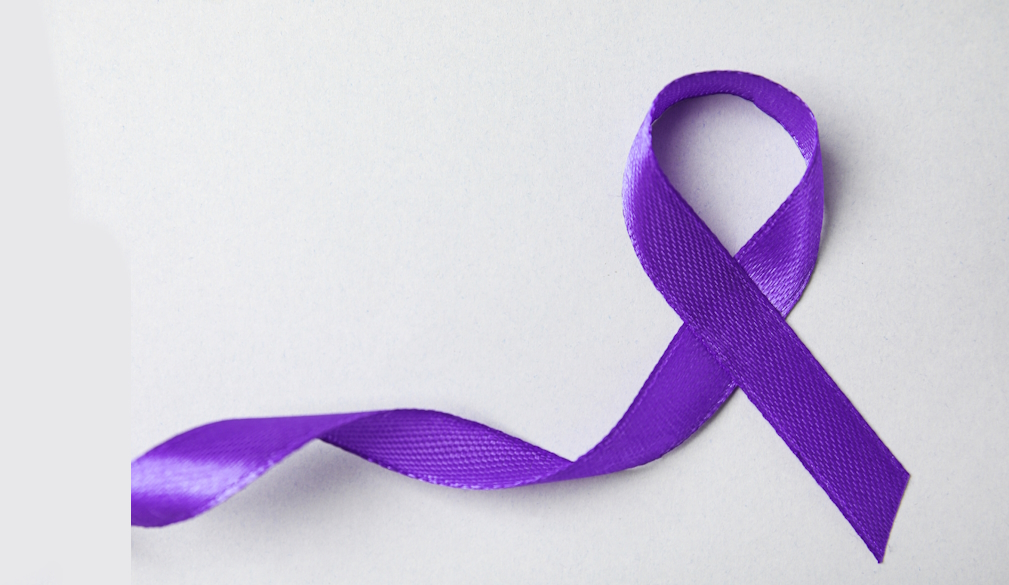Naming and shaming domestic violence perpetrators doesn’t work to keep women safe. Here’s why
- Written by Hayley Boxall, Research Fellow, Australian National University

Recent survey results[1] show 25% of Australians agree that women who do not leave abusive relationships are partly responsible for the abuse continuing. This stubbornly common attitude demonstrates that victim-survivors are still being held responsible for the abuse they experience and for keeping themselves safe.
However, this is starting to change. Against the backdrop of what has been a horror[2] year for violence against women and children, conversations have pivoted sharply to focus on making men accountable for their use of violence.
This is reflected in a new campaign by the Daily Telegraph[3]. The masthead recently published the photos and names of 18 men charged with or accused of domestic or family violence offences in New South Wales. The media outlet has also started using the term “coward’s attack[4]” in lieu of domestic violence.
On the face of it, this campaign appears to be an innovative approach to holding men accountable. But will it make women and children safer?
Public shaming doesn’t work
Publicly naming and shaming perpetrators and calling them “cowards” will not reduce domestic and family violence.
We have learned this after numerous reviews[5] of public sex offenders registries, which similarly make people convicted of terrible crimes visible to the public. Instead, these strategies can make future abuse more likely.
This is because name-and-shame campaigns stigmatise, ostracise and demonise their targets, effectively “othering” them within the community. However, community reintegration[6] – where someone becomes an active member of and is accepted back into the community – is an important part of preventing reoffending.
Being part of a community can help address structural factors that may contribute to some men’s use of violence, such as unemployment and social isolation.
Also, men who use violence need to be surrounded by people who believe they’re capable of change. Investment in the community and relationships can increase men’s motivation to stop using violence because they don’t want to disappoint their community[7]. How people see us is also important for how we see ourselves: if our community says we are capable of change, then maybe we are.
But are these men likely to see community reintegration as possible when they have been shamed in such a public way? Probably not.
Who can I be?
Believing in the potential for change is not enough on its own. Men who use violence also need an alternative self[8] that they can aim for: a clear vision of the version of themselves they’d like to be.
Name-and-shame campaigns do a great job of condemning behaviours, but they don’t provide an alternative self to work towards. It is this piece of the puzzle – who can I be if I don’t use violence anymore? – that is needed for behaviour change to occur.
This is the point made by some commentators[9] who have said that, rather than condemnation, we need to provide men who use violence with alternative models of positive masculinity that provide them with an alternative to which to aspire.
The power of language
The move towards the term “coward attacks” has been justified on the basis that “domestic” minimises the abuse and makes it everyday.
However, the term “coward” is also problematic as it perpetuates traditional gender norms. Men who use violence are “lesser” because they are not strong or brave.
Men who feel like they are not living up to their own ideal version of manhood, for example if they feel like they are a coward, may use violence to deal with the emotional distress they feel because of this disconnect, which we call “gender role strain[11]”. As one man[12] who participated in a men’s behaviour change program reflected:
I think that my violence […] sustained an inflated version of myself. Otherwise I would feel worthless […] where I’m rotten to the core.
By calling men cowards, we reinforce their own views of themselves as weak, pathetic and lesser, making it more likely they will continue to use violence.
When shaming can help
Pivoting to focusing on perpetrators reflects our increasing frustration that victim-survivors are being held responsible for reducing their risk of domestic and family violence. It also recognises that perpetrator accountability could be a crucial piece of the puzzle for keeping women and children safe. By increasing the negative consequences, we can deter people from using violence.
We need to hold men who use violence accountable for their behaviours, but there are ways we can do this that aren’t stigmatising. This would provide them with a pathway back into the community and to a non-violent future. Reintegrative shaming[13], which underpins most models of restorative justice in Australia and internationally, encourages us to condemn the behaviour, not the person.
Shame can be a powerful tool in our arsenal for responding to domestic and family violence in Australia, but only if we provide men who use violence with alternative visions of masculinity and believe they are capable of change. Shame for shame’s sake is counterproductive.
References
- ^ survey results (www.anrows.org.au)
- ^ horror (www.theguardian.com)
- ^ Daily Telegraph (www.dailytelegraph.com.au)
- ^ coward’s attack (www.dailytelegraph.com.au)
- ^ reviews (www.aic.gov.au)
- ^ community reintegration (www-taylorfrancis-com.virtual.anu.edu.au)
- ^ community (doi.org)
- ^ alternative self (scholarlycommons.law.northwestern.edu)
- ^ commentators (www.linkedin.com)
- ^ Shutterstock (www.shutterstock.com)
- ^ gender role strain (doi.org)
- ^ man (onlinelibrary.wiley.com)
- ^ Reintegrative shaming (heinonline.org)















